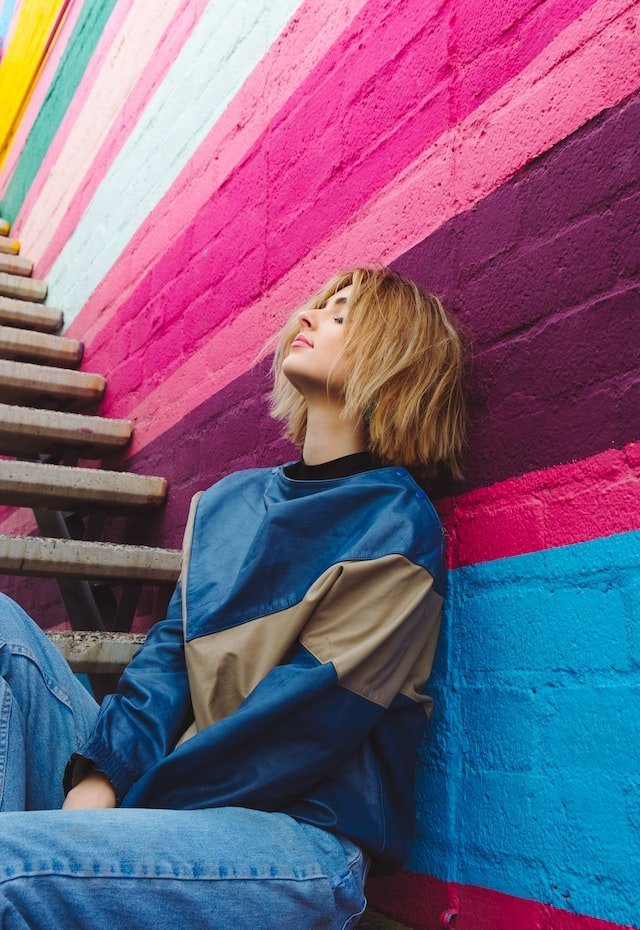One of the few industries is prone to the fleeting consumer zeitgeist like fashion. The competitive pricing, fast-fashion, disruptive trends, fickle customer, and the heady mix of technology often leads the once industry leaders to be outsmarted by the startups. Once fast fashion revolutionized, the industry is now disrupted by ultra-fast fashion. The genre gives way to trends that may last for two to three weeks. In such a scenario with the purchase behavioral habits driven by Millennials and Gen Z, who trusts influencers more than celebrity endorsers, the fashion micro influencers are changing the fashion game.
Role Of Fashion Micro Influencers In Disrupting The Fashion Game
With the pandemic on the rise last two years and everything on lockdown, most purchase habits have changed. No longer are the youth interested in visiting physical stores or shopping malls for purchase. This may sound like a death knell to the traditional physical stores, but it has opened up new avenues for app-based and online stores.
Most youths are the ‘digital natives’ and thrive on social media platforms. They make their lifestyle choices and dressing sense based on the photos and videos shared by their favorite Instagram, TikTok, or such social media nano and fashion micro influencers.
On the other hand, these fashion influencers have meticulously built up their fan base and followers by displaying visually alluring, colorful photographs, videos, and other content. The micro influencers in the fashion world have found a modicum of fame with their niche expertise and charismatic appeal. They have been able to disrupt the traditional advertising game by focussing on a specific fashion industry domain that aligns with their interest. With thousands of followers they have been able to attract the interest of small and big companies who can bring in their target audience.
Now, these fashion startups and even the ultra-fast fashion or ethically sourced and sustainable fashion brands have co-opted with the nano and micro influencers to present their products online. Sometimes these influencers are more than just posting pictures or modeling the garments for their audience. They are instead elevating them with the story they narrate about the brands and easily integrating the ‘buy’ button into the content’s description or links.
For the tech-savvy generation, while enticing the opportunity to buy them easily, the pictures give them the option for fast decision-making. The trend, as a result, is rewriting social media and the fashion world’s purchase practices. It is opening new avenues for fashion companies to have a new branding and marketing approach to target the consumers by collaborating with micro fashion influencers.
Why Are Fashion Influencers Able To Establish A Connection?
The modern purchaser in the fashion industry is looking for user-generated reviews that come with a one-on-one recommendation. In this, the micro influencers fit the bill perfectly because they can authentically establish a connection with their followers and come across as a regular and authentic person.
For most consumers, the experiences shared by these influencers are easier to relate to than the experiences shared by celebrities online. The community that follows the micro-influencers, even in the fashion sector, is looked upon with trust. It comes from the fact that they portray themselves as regular people who are recommending the products or brands based on their own user experience.
The micro-influencers have honed the craft of being relatable; hence their recommendation among their followers holds weight. When an influencer is followed, they are seen as people who are part of the community of the followers. The followers connect with the influencers based on their fashion requirements’ values, relevance, and alignment. This, in return, helps forge a trust factor, which helps establish the connection.
Also, the micro fashion influencers keep a constant engagement with their followers. They enquire about the products and brands they want the influencer to discuss and the various elements of the niche aspect of the fashion they want as content from the influencers. Marketers leverage this aspect.
How Micro Fashion Influencers Work For Marketers?
When a country has millions in population, a micro influencer’s potential is quite extraordinary. Since most of the categories in the fashion industry are born out of requirements, unique skills, and specialization, new niches are being created almost every other day. In that respect, the micro influencers still are not exhausted with their follower base, and there is more room for new influencers who can cater to new followers. Since the followers range from 1 thousand to 10 thousand, they can drive the sales for the brand they collaborate with by increasing audience engagement.
Furthermore, since micro influencers often cater to a niche aspect of a market, even in the fashion world, for instance the influencer is an athleisure enthusiast, they work to increase their knowledge. Hence, they know what and how to talk to their followers. It means they have a good understanding of the demography that follows them and the niche that they have built over time.
Micro fashion influencers offer their services and even help the marketers create content that will draw in the audience at much lower cost than macro, mega, or celebrity influencers. The accessibility to micro influencers in the fashion industry is much more accessible than the hyped celebrity ones. Apart from all these, micro influencers are on their journey to make their name in the market. Hence they are not only focussing on working with more prominent brands but also with smaller brands that align with their ideology.
Since marketers are trying to bring in effective tools for their marketing campaign, in this modern eco-system working with micro-fashion influencers is the way to make the mark in the fashion industry and stay relevant.
How To Find Micro Fashion Influencers?
There are several ways that a brand or company can associate with fashion micro influencers. They can conduct an in-depth online search on social media platforms and find the influencers that match the brand’s vision. Then they can contact them and proceed. The other easier way to reach micro fashion influencers vetted with real engagement numbers can be found on Afluencer. A platform where a brand can find fashion influencers for all niches.



